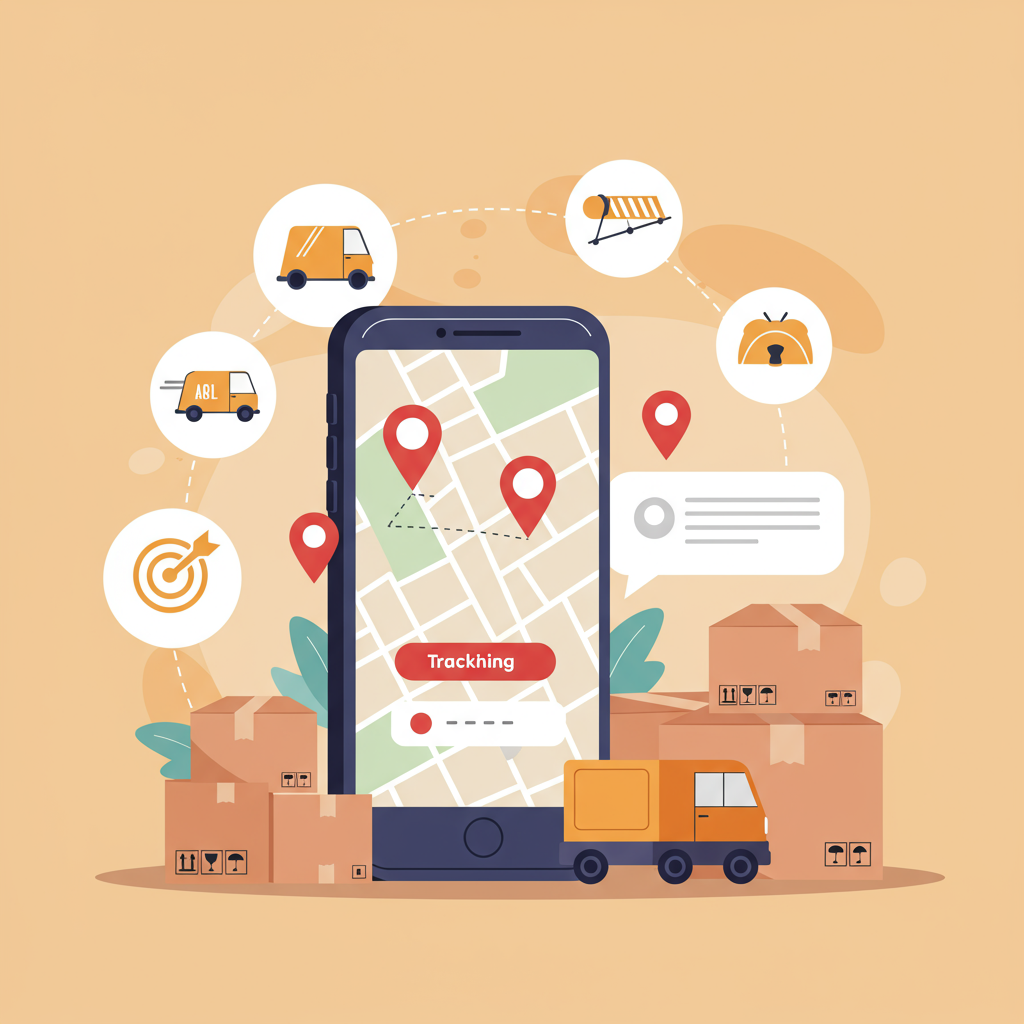Elevate your customer experience and streamline operations with seamless order tracking integration for your Shopify store.
As a Shopify merchant, I know firsthand the importance of a seamless customer experience. It’s not just about making the sale; it’s about what happens *after* the customer clicks ‘buy’.
One of the most critical aspects of this post-purchase journey is order tracking. It’s something customers expect, and frankly, it’s something we, as merchants, should prioritize.
Today, I want to walk you through the ins and outs of order tracking integration for your Shopify store. We’ll cover why it’s essential, what options are available, and how to implement them effectively.
Let’s start with the ‘why.’ Why is robust order tracking so crucial for your e-commerce business?
Firstly, it significantly reduces customer inquiries. Imagine the flood of ‘Where’s my order?’ emails and calls you receive. Good tracking empowers customers to find answers themselves.
Secondly, it builds trust and transparency. When customers can see exactly where their package is, they feel more secure and confident in your brand. This fosters loyalty.
Thirdly, it enhances the overall customer experience. A smooth, anxiety-free waiting period contributes positively to their perception of your store, encouraging repeat purchases.
Finally, for us, it frees up valuable customer service resources. Instead of answering tracking questions, your team can focus on more complex issues or proactive engagement.
Shopify does offer some basic tracking capabilities out of the box. When you fulfill an order and add a tracking number, Shopify sends an email with a link to the carrier’s website.
While this is a start, it often falls short of providing a truly branded and comprehensive tracking experience. Customers are redirected away from your store, and the information can be fragmented.
This is where third-party order tracking solutions come into play. These apps and services are designed to elevate your post-purchase experience far beyond Shopify’s native offerings.
They typically integrate directly with your Shopify store, pulling order data and pushing tracking updates from various carriers into a centralized, branded portal.
When considering a third-party solution, what key features should you be looking for? I’ve found these to be non-negotiable for a truly effective system.
**Real-time Updates:** Customers expect up-to-the-minute information. Your chosen solution should provide accurate, real-time tracking statuses.
**Branded Tracking Page:** This is huge. Instead of sending customers to a generic carrier site, they should land on a tracking page that looks and feels like *your* brand.
**Proactive Notifications:** Beyond just a tracking page, the best solutions offer automated email or SMS notifications for key events like ‘in transit,’ ‘out for delivery,’ or ‘delivered.’
**Multi-Carrier Support:** Unless you only use one shipping carrier, your tracking solution needs to integrate with all the major ones you utilize, both domestically and internationally.
**Analytics and Insights:** Understanding delivery performance, common delays, and customer engagement with tracking pages can provide valuable business insights.
**Customer Service Integration:** Can your customer service team easily access tracking information directly from your helpdesk software? This streamlines support.
**Customization Options:** The ability to customize notification templates, tracking page content, and even add marketing messages to the tracking page is a powerful tool.
So, how do you go about integrating one of these solutions into your Shopify store? The process is generally straightforward, but attention to detail is key.
**Step 1: Research and Selection.** Explore the Shopify App Store. Read reviews, compare features, and consider your budget and specific needs. Many offer free trials.
**Step 2: Installation.** Once you’ve chosen an app, installation is usually a one-click process from the Shopify App Store. Grant the necessary permissions.
**Step 3: Configuration.** This is where you set up the specifics. Connect your shipping carriers, customize your branded tracking page, and configure your notification triggers and templates.
**Step 4: Testing.** Place a few test orders yourself. Ensure tracking numbers are being pulled correctly, notifications are firing, and the branded tracking page is displaying as expected.
**Step 5: Go Live and Communicate.** Once you’re confident, make sure your customers know about this enhanced tracking experience. Update your order confirmation emails or FAQs.
Now that we’ve covered the technical aspects, let’s talk about best practices to maximize the impact of your order tracking integration.
**Set Clear Expectations:** Be transparent about shipping times upfront. Your tracking system then reinforces these expectations.
**Leverage Post-Purchase Marketing:** Your branded tracking page is a prime piece of real estate. Use it to display related products, promotions, or gather feedback.
**Monitor Performance:** Regularly check your tracking analytics. Are there common carrier delays? Are customers engaging with your tracking page? Use this data to improve.
**Provide Easy Access:** Make sure the tracking link is prominent in your order confirmation emails and potentially on your website’s footer or customer account area.
What are your thoughts on this detailed guide to Shopify order tracking integration? I’d love to hear if you found it helpful or if you have any insights to share.
In conclusion, investing in a robust order tracking solution for your Shopify store isn’t just a nice-to-have; it’s a fundamental component of a modern, customer-centric e-commerce business.
It transforms a potentially anxious waiting period into a positive brand interaction, ultimately leading to happier customers and a more efficient operation for you.
By following these steps and focusing on the customer experience, you’ll not only meet but exceed customer expectations, fostering loyalty and driving repeat business.






